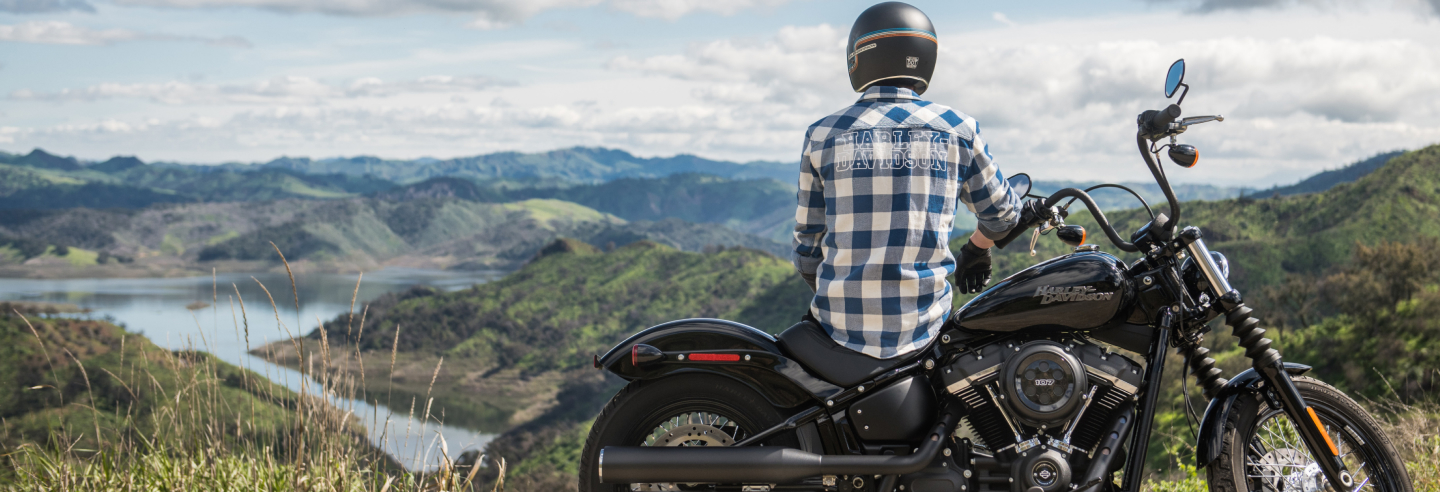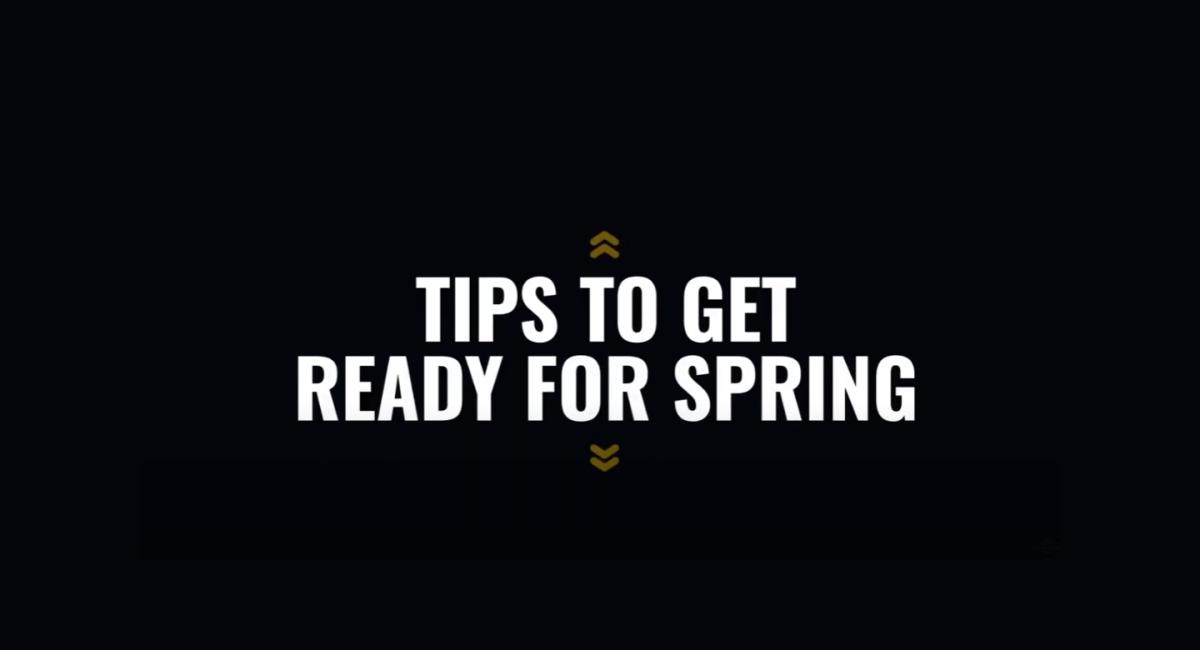Spring Motorcycle Checklist
The key to low drama, spring motorcycle mechanical preparation actually starts in the fall by preparing your bike for its winter hibernation. Steps like draining the gas tank or treating the fuel, placing your battery on a trickle charge, and taking steps to avoid tire problems as your motorcycle sits over the winter are the basics. However, whether or not you’ve taken these steps, the below checklists represent some of the basic areas you must include in
your spring prep. For a visual walk-through, check out our newest video!
Check The Battery
Sometimes you can tell if your battery is bad by simply taking a good look. There are a few things to inspect:
Broken terminal
Bulge or bump in the case
Crack or rupture of the plastic
Excessive leaking
Discoloration
Broken or loose terminals are dangerous and can cause a short circuit. If a short did occur, there would be some indication of burning or melting. When a battery short circuits, all of the power is unloaded in an instant. That produces a lot of heat, and sometimes even causes the battery to explode.
If the battery is still intact, but there is a bulge in the case, this is usually a result of being overcharged. Other signs such as physical openings in the case are often caused by mishandling. Cracks, splits, and holes will not cause a battery to stop working, but for safety reasons, the battery should be labeled unsafe to use.
Tires
Proper air pressure is critical for tire performance and to extend the life of the tire. Under-inflation or overloading can cause sluggish handling, heavy steering, internal damage due to over-flexing, and can cause the tire to separate from the rim. Over-inflation can reduce the contact area which can make the motorcycle react harshly to bumps and lose traction.
Check the air pressure when the tires are cold for at least three hours since the last ride as part of your pre-ride.
Regularly inspect the tire tread depth to ensure that adequate tread remains. Tires have small wear bars molded into the tread grooves. When the tread is worn down to the level of the wear bars, the wear bars become exposed and the tire should be replaced.
Test Brakes
About 75 % of a motorcycle’s stopping power comes from the front brake, so you want to make sure it’s working perfectly. You’ll be able to see brake pad wear while the pads are on the motorcycle in most cases. Like tires, brake pads have wear indicators. If the pads are close to worn out, replace them now so you don’t have to mid-season. Then, give the front brake lever a good squeeze. First, make sure you can squeeze the level without it hitting the handlebar. If it hits the bar or if it feels spongy or soft, you’ll need to bleed the brake system. The same goes for the rear brakes. It’s not that hard of a DIY project, but like we’ve said before, visit a mechanic if you’re unsure.
Top Off Fluids
It’s always a good idea to put fuel stabilizer in your gas tank when you go to store your bike for the winter. But if you didn’t, you’ve got to deal with that stale gas.
If you only have a little fuel in the tank, add fresh fuel and swish it around. If you have a half tank or more, add some fuel stabilizer. The stabilizer won't restore the spoiled fuel, but it will prevent it from getting worse. Also, be sure to only use the recommended amount. If your bike still won’t start, drain the gas and top it off with fresh gas.
Brake fluid and hydraulic clutch fluid will also need your attention. It’s a good idea to check these fluids as per your owner’s manual. If you are confident in your mechanical skills, periodically replace all the brake fluid. However, brake fluid is extremely corrosive and will damage the paint on your motorcycle. It might be best left to a professional.
The final fluid on the list is the radiator mixture. Get out your manual to check the manufacturer’s recommendations then mix water and coolant in a jug and fill your radiator to the max line. Most motorcycles use a 50/50 mix and you don’t need special water. After you fill your radiator you should take your motorcycle for a short ride, then let it cool right down.
Your coolant will be extremely HOT right after the ride!!! PLEASE WAIT. Do not try to take off the rad cap until the bike has completely cooled, then check your radiator level again and top up as needed.
Test Cable and Controls
Most motorcycles use cables to connect the twist grip to the carburetor or throttle bodies; many also use cables for the clutch, cold-start control, and even brakes. Checking these critical components is fairly simple and prevents problems later. Maintenance intervals vary, and bikes ridden in dust, sand, or mud need extra maintenance. It’s good to at least perform a thorough control service annually; check the owner’s manual for recommendations.
Gear Check
Check all of your safety gear. Make sure that your helmet is still in good condition. You also want to make sure that everything still fits well. One of the most important variables to ensure that safety gear is effective is a proper fit. A proper fit not only provides more protection in the case of a crash or impact, but it allows you to move freely and quickly. Anything that restricts your movement can be quite dangerous while on the road.
The owner’s manual will plainly state how to approach the various parts and systems found on your motorcycle. It’s an indispensable tool for tackling your spring tune-up. It’s also a good opportunity to re-familiarize yourself with the manufacturer’s specs before a summer of heavy riding and give you a good baseline for monitoring the wear and tear of your motorcycle. At the very least, going through all seven checkpoints gives you the perfect opportunity to touch every part of your bike and make sure that everything is exactly where you left it.


